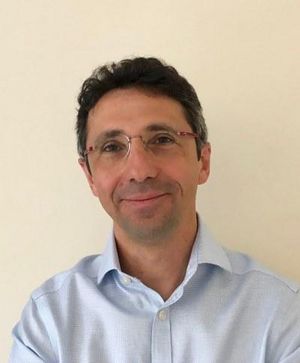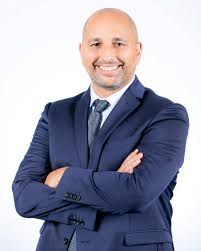The Physics Colloquium aims at bringing the students and faculty from all five Departmental Sections (condensed matter physics, astrophysics, nuclear and particle physics, environmental physics, and electronic physics) into contact with renowned researchers who present the newest scientific developments in physics.
Seminars are held online at 5:00 pm.

Date: 19/3/2025
Speaker: Prof. Roberto Maiolino
University of Cambridge
Title: The population of infant black holes in the early Universe revealed by JWST
Abstract : The James Webb Space Telescope is revolutionising most areas of astrophysics. One of the most exciting and puzzling findings has been the discovery of a large population of massive black holes within the first billion years after the Big Bang. Their properties, and in particular their large masses and peculiar spectral shapes, are difficult to reconcile with the standard black hole formation scenarios, and have required the development of new models, which are being tested against the additional constraints that are being provided. JWST has also revealed that the interplay between these early black holes with their host galaxies was probably quite different than what observed at later cosmic epochs, with important implications for the early formation of galaxies and their stellar populations. JWST is also finding an intriguing, large population of dual black holes, which might be in the process of merging, indicating that this might be an additional route for their early growth and also an early source of gravitational waves. The seminar will give an overview of these various findings, highlighting the impressive progress made so far and also the exciting new questions that have been opened, as well as the prospects of tackling them in the coming years.
Link for atending the talk: https://uoa.webex.com/uoa/j.php?MTID=m210fd663fdb3995d9f181ab9c5b80fb8
Meeting number: 2785 284 2160
Password: 3DPvKesAZ26

Date: 12/2/2025
Speaker: Prof. Merouane Debbah
Khalifa University of Science and Technology, UAE
Title: TelecomGPT: Revolutionizing Telecommunications with Large Language Models
Abstract: In this talk, we will explore TelecomGPT, a novel framework designed to adapt general-purpose Large Language Models (LLMs) for specialized applications within the telecommunications domain. Leveraging customized pre-training, instruction tuning, and alignment techniques, TelecomGPT addresses unique challenges in telecom, including domain-specific language understanding, code generation, and real-time network optimization. We will delve into the framework's architecture, key benchmarks, and its potential to enhance network management, reduce operational costs, and drive new AI-driven innovations in telecom. The discussion will highlight TelecomGPT's role in transforming the telecommunications landscape, offering unprecedented opportunities for industry advancement and efficiency.
Prof M. Debbah kindly offered his speech slides here.